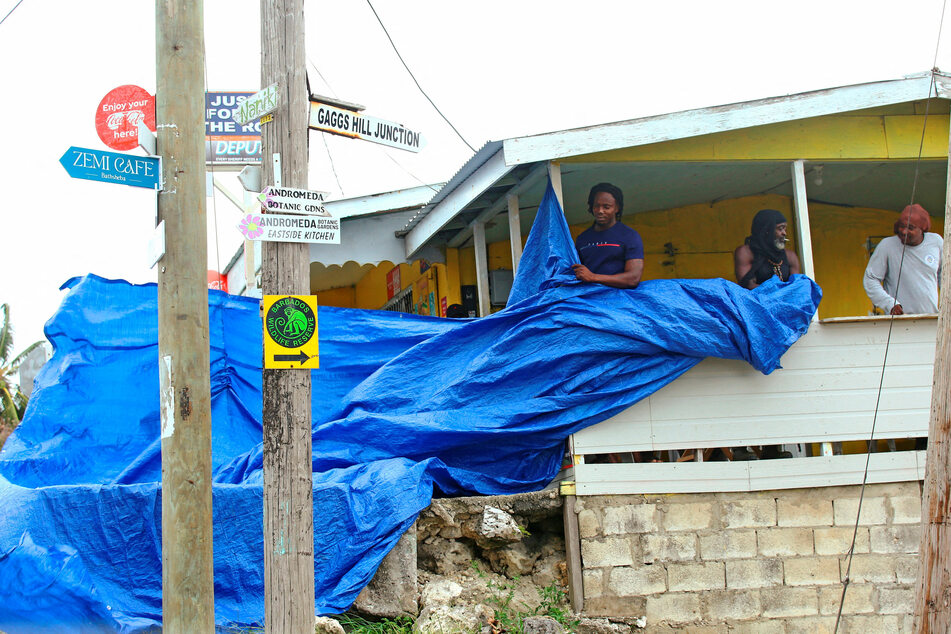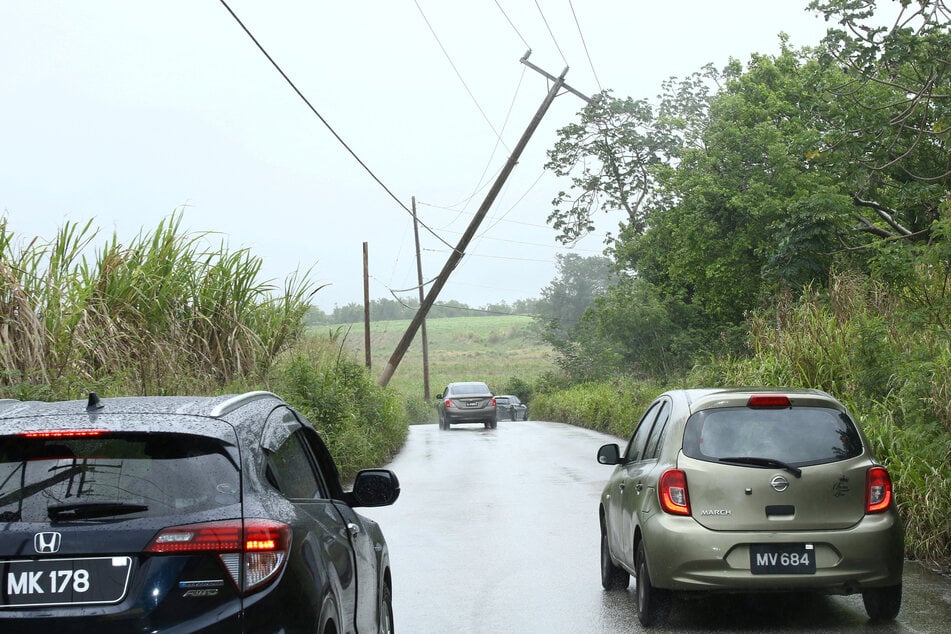Tropical Storm Cindy grows as Tropical Storm Bret fizzles
Two tropical storms were still churning Saturday morning with one gaining strength and another petering out, according to the National Hurricane Center.

As of 11 AM on Saturday, Tropical Storm Cindy has sustained winds up to 60 mph with higher gusts. It was located about 535 miles east of the Lesser Antilles moving west-northwest at 20 mph.
Its tropical-storm-force winds extend out 60 miles, but for now it’s no threat to land.
"On the forecast track, the system is expected to remain well east and northeast of the northern Leeward Islands through early next week," the NHC said.
It’s also not expected to become the season’s first hurricane, but lose strength as it stays in the Atlantic encountering shear and devolve into a remnant low by the middle of next week.
Already facing a short lifespan is Tropical Storm Bret, which lashed the Leeward Islands on Thursday and Friday as it entered the Caribbean.
At 11 AM Saturday, Bret was located about 55 miles north-northwest of the northern tip of Guajira Peninsula, Colombia moving west at 21 mph. Its maximum sustained winds have fallen to 45 mph with higher gusts with tropical-storm-force winds extending out 140 miles.
"Additional weakening is forecast, and Bret is expected to dissipate over the central Caribbean Sea by tonight," the NHC said on Saturday.
Hurricane season off to a busy start

Tropical Storm Bret formed on Monday while Tropical Storm Cindy formed late Thursday.
The two storm formations from the warmer than usual waters of the tropical Atlantic was a first for the month of June, according to meteorologist Philip Klotzbach at Colorado State University. It’s also the first time since 1968 there have been two named systems in June at the same time, he said.
June has produced three named storms so far in what has been a busy start to the hurricane season.
The National Oceanic and Atmospheric Administration seasonal forecast released in May projects 2023 to be an average season with between 12 and 17 named storms. Of those, five to nine would grow into hurricanes, and of those, one to three would reach major hurricane strength of 111 mph sustained winds or greater.
The official 2023 Atlantic hurricane season runs from June 1-November 30.
Cover photo: REUTERS
